Swimmer’s Itch (Cercarial Dermatitis): Causes and Prevention
Swimming is a wonderful exercise but if the pool is poorly maintained, it may be the host of some parasites that can cause Cercarial Dermatitis, also known as Swimmer’s Itch.
Having said that, what exactly is Swimmer’s Itch, how can it be prevented, and how can we treat it?
Let’s talk about that.
What is Swimmer’s Itch?
Swimmer’s Itch is a parasitic disease that presents itself as a skin rash caused by an allergic reaction to some microscopic parasites that infect some birds and mammals. These parasites are released by infected snails into water (both fresh and saltwater but it happens more often in freshwater habitats).

Swimmer’s Itch is often characterized as a severe itching rash that lasts about one week and can easily be mistaken for insect bites.
What Causes Swimmer’s Itch?
Swimmer’s Itch (Cercarial Dermatitis) happens when a parasite (cercariae of certain species of schistosomes) comes into contact with a swimmer. It penetrates into the skin causing an allergic reaction and rash. The parasites often die in the skin but in some cases, they persist and infect other organisms (it’s not contagious to other humans).
The Life Cycle of Cercarial Dermatitis
According to the CDC, “Adult worms are found in the blood vessels of definitive hosts and produce eggs that are passed in the feces. On exposure to water, the eggs hatch and liberate a ciliated miracidium that infects a suitable snail (gastropod) intermediate host.
The parasite develops in the intermediate host image to produce free-swimming cercariae that are released under appropriate conditions and penetrate the skin of the birds and migrate to the blood vessels to complete the cycle.
Humans are inadvertent and inappropriate hosts; cercariae may penetrate the skin but do not develop further.
A number of species of trematodes with dermatitis-producing cercariae have been described from both freshwater and saltwater environments, and exposure to either type of cercaria will sensitize persons to both.”

What are the signs and symptoms of Swimmer’s Itch?
If you swim in contaminated water and get infected, you may present symptoms within minutes to days after swimming. Symptoms of swimmer’s itch may include:
- Tingling, burning, or itching of the skin
- Small reddish pimples
- Small blisters
If you scratch the pimples or blisters, it may result in secondary bacterial infections. The Itching may last up to a week or more, but will gradually go away.
How can we prevent Swimmer’s Itch?
To reduce the likelihood of developing swimmer’s itch, do the following:
- Avoid swimming in pools (and areas) where swimmer’s itch is known to be a problem or where signs have been posted with warnings of unsafe water.
- If you are swimming in a pool, make sure it’s properly maintained with the right levels of chlorine.
- Avoid feeding birds near the pool. They could be hosts of the parasite that cause swimmer’s itch.
- Avoid swimming in marshy areas where snails are commonly found.
How do I treat Swimmer's Itch?
The majority of cases of Swimmer’s Itch don’t require medical attention. However, if the itching is too severe, you should pay a visit to your health care provider. They’ll likely prescribe strong lotions or creams to lessen your symptoms.

If your itching isn’t severe, you can try some of the following for relief:
- Use corticosteroid cream
- Apply cool compresses to the affected areas
- Bathe in Epsom salts or baking soda
- Soak in colloidal oatmeal baths
- Apply baking soda paste to the rash (made by stirring water into baking soda until it reaches a paste-like consistency)
- Use an anti-itch lotion
Summary
Swimmer’s Itch happens when some parasites come into contact with a swimmer. If you swim in contaminated water and get infected, you may present symptoms within minutes to days after swimming.
Avoid swimming in pools where swimmer’s itch is known to be a problem, the pool is poorly maintained, or where signs have been posted with warnings of unsafe water. These places could be hosts of the parasite that causes swimmer’s itch.
If you present a severe case of swimmer’s itch, go to the doctor. They’ll likely prescribe strong lotions or creams to lessen your symptoms.
We hope you found this information helpful and that it helps you stay safe when swimming.


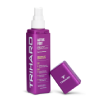







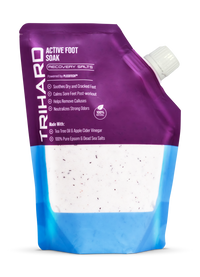




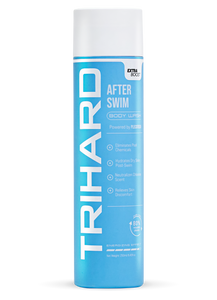
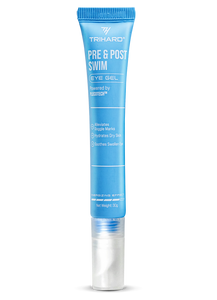


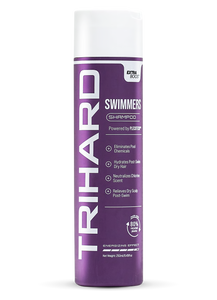









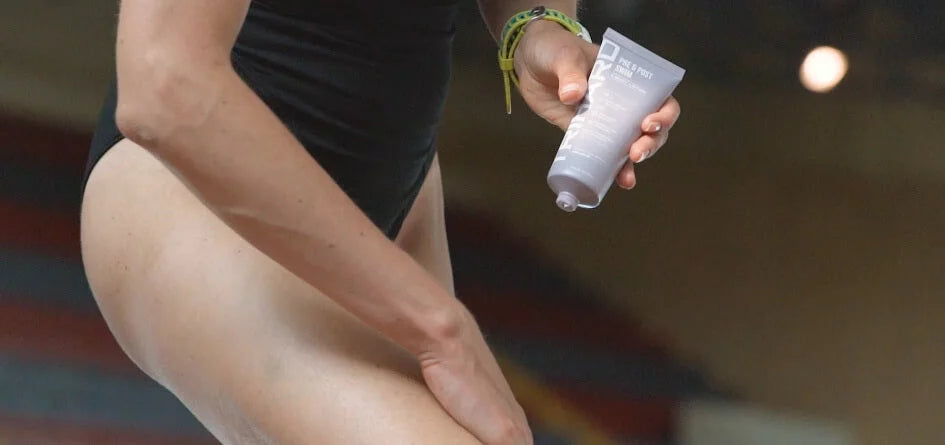
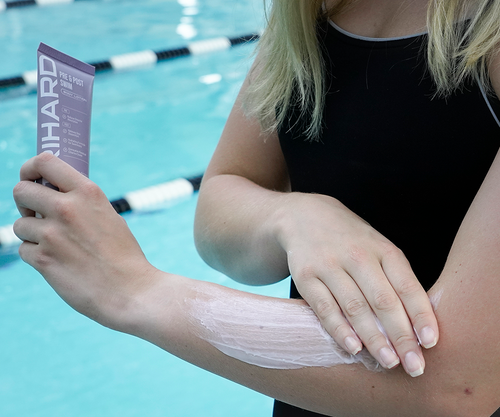


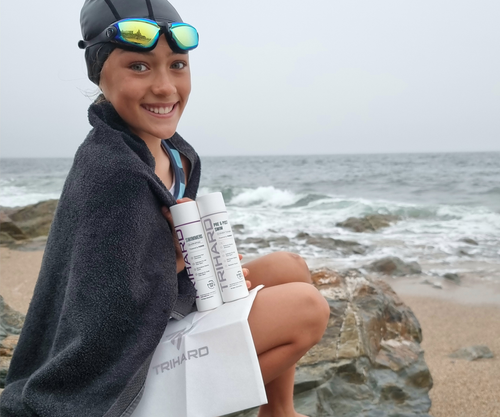
Lascia un commento